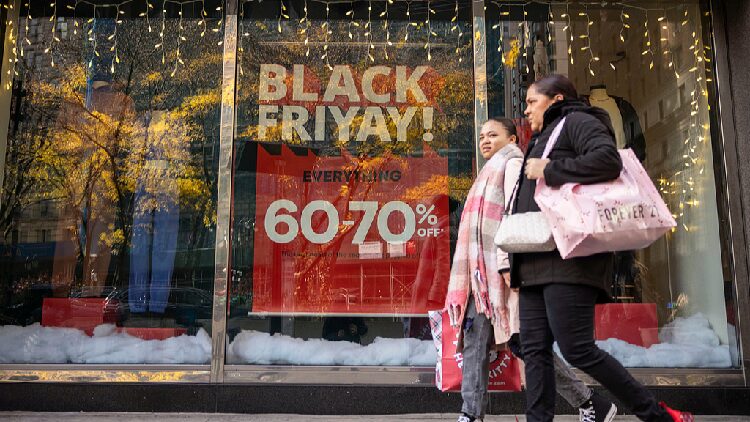The holiday season in the United States is showing a widening gap in how people are spending their money, and it’s all because of rising prices for everyday essentials like groceries and childcare. While holiday spending is expected to go up overall, it’s mainly due to wealthier households—those earning over $100,000 a year. Meanwhile, lower-income Americans are having to tighten their belts.
“We started to notice this trend where there was a real split between consumers earning under $50,000 and those earning over $100,000,” said Chris Peterson, CEO of Newell Brands, a company that makes popular products like Sharpie pens and Oster kitchen appliances.
In 2023, the average worker in the U.S. made about $65,470 annually, but the median wage was $48,060, according to government statistics. This means that half of the workers earn less than $48,060, highlighting how many are feeling the pinch.
Peterson explained that there’s stronger demand for high-end products, like blenders that cost over $100, while cheaper options under $20 aren’t selling as well. Because of this, Newell Brands is focusing more on their premium products and scaling back on improving their lowest-priced items.
Overall, U.S. consumers spent 3.8% more between November 1 and December 24 compared to last year, based on data from Mastercard SpendingPulse, which doesn’t include car sales. But these numbers don’t include the important post-Christmas shopping period.
The increasing cost of living is putting pressure on lower-income families, making it harder for them to spend on holiday gifts and celebrations. Many are prioritizing necessities over non-essential items.
This growing divide in spending shows the economic challenges many Americans face and highlights how income inequality can affect everyday life—even during the holidays.
Reference(s):
Deepening divide in U.S. holiday spending trends driven by high prices
cgtn.com








